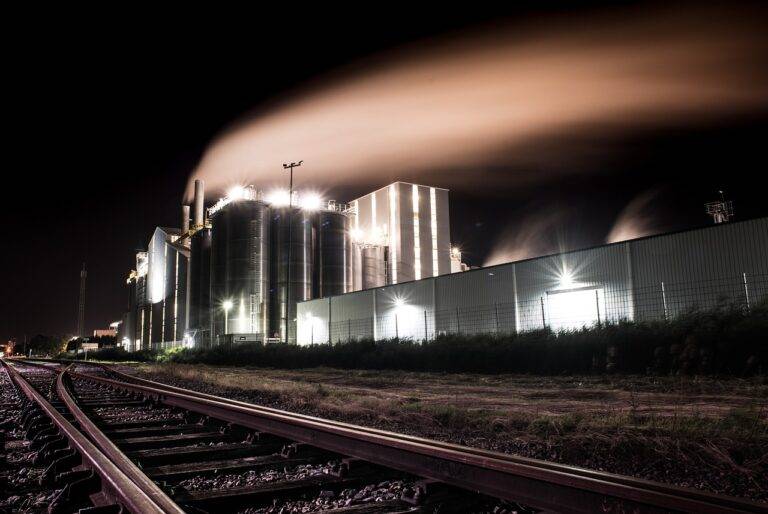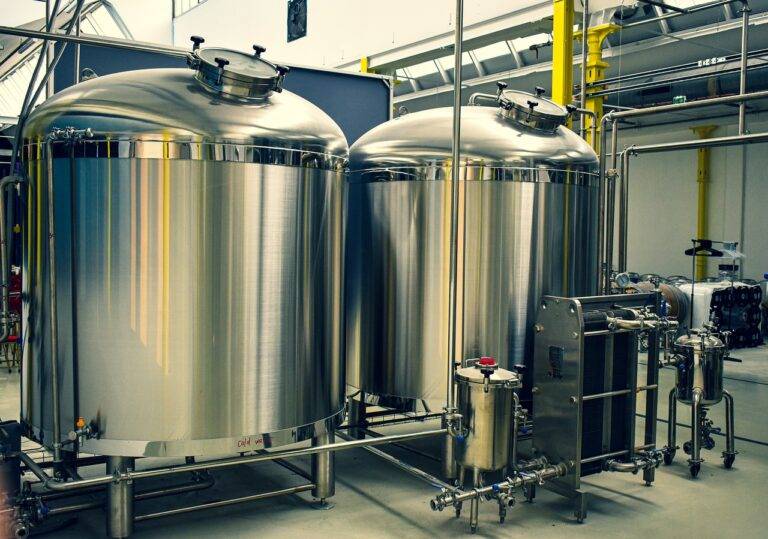The Role of Tech in Disaster Resilience Planning
One key innovation in disaster mitigation is the use of drones for rapid damage assessment and search and rescue operations. Drones equipped with high-resolution cameras and infrared sensors can quickly survey affected areas, providing real-time data to response teams. This enables more efficient deployment of resources and helps prioritize areas needing urgent assistance.
Another significant advancement is the development of early warning systems that utilize advanced sensors and data analytics to monitor environmental changes. These systems can detect precursors to natural disasters such as earthquakes, tsunamis, and hurricanes, providing crucial seconds to minutes of warning to at-risk populations. By leveraging technology to enhance early warning capabilities, communities can better prepare and respond to disasters, potentially saving lives and minimizing damage.
Real-time Data Monitoring and Analysis
Real-time monitoring and analysis of crucial data have transformed the way disaster situations are managed. The ability to access and analyze information in real-time empowers response teams to make informed decisions swiftly and effectively. By constantly monitoring changing conditions and trends, authorities can anticipate potential risks and proactively mitigate them before they escalate.
The advancements in technology have paved the way for the integration of various data sources, such as satellite imagery, weather forecasts, and social media feeds, into a centralized platform for real-time monitoring and analysis. This integration enables a comprehensive understanding of the situation on the ground, allowing for more accurate risk assessments and targeted response efforts. Moreover, the automation of data analysis processes reduces the time required to generate insights, enabling a rapid and coordinated response to evolving disaster scenarios.
What is real-time data monitoring?
Real-time data monitoring is the continuous process of collecting, analyzing, and interpreting data as it is generated, allowing for immediate insights and decision-making.
How does real-time data monitoring help in disaster mitigation?
Real-time data monitoring enables authorities to quickly identify potential threats, assess the situation, and take timely actions to mitigate the impact of disasters.
What are some technological innovations in real-time data monitoring for disaster mitigation?
Technological innovations such as advanced sensors, satellite imaging, and AI algorithms have revolutionized real-time data monitoring, providing more accurate and timely information for disaster response.
How can real-time data analysis improve disaster response strategies?
Real-time data analysis helps in identifying patterns, trends, and anomalies in data, allowing authorities to make informed decisions, allocate resources efficiently, and coordinate response efforts effectively during disasters.
What are the key benefits of real-time data monitoring and analysis in disaster mitigation?
Some key benefits include early warning detection, rapid response capabilities, enhanced situational awareness, improved coordination among response teams, and better resource management for effective disaster mitigation.





